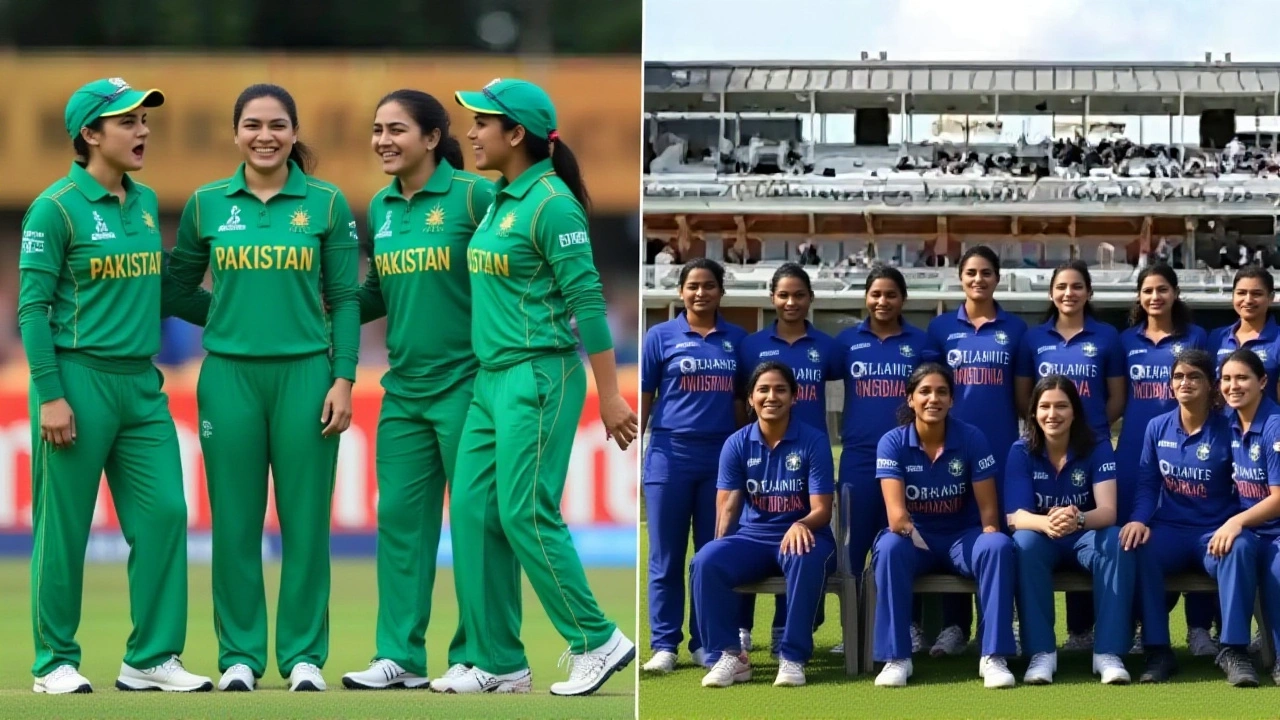Everything You Need to Know About BCCI
When you hear the word BCCI, you’re hearing the heartbeat of Indian cricket. It runs international tours, domestic tournaments, and the massive IPL. But the board does more than just schedule matches – it decides player contracts, works on grassroots development, and often finds itself in the spotlight for big decisions.
In the last year, BCCI faced a mix of praise and criticism. On one hand, the board approved a record‑breaking prize pool for the IPL season, making it the richest T20 league on the planet. On the other, it sparked debate over the selection policy for the national team, especially after a string of disappointing series abroad.
How BCCI Shapes Indian Cricket
First, BCCI’s governance structure matters. The 12‑member Board of Administrators includes a president, a secretary, and representatives from state associations. Their votes determine everything from coaching appointments to the annual budget. Transparency isn’t always perfect, but recent reforms introduced a rotation system for committee members, aiming to curb long‑term power consolidation.
Second, the board’s financial muscle fuels the sport’s growth. Revenue from broadcasting rights, sponsorships, and the IPL feeds into facilities, player salaries, and youth academies. For example, the National Cricket Academy in Bangalore received a fresh injection of funds this year, allowing it to upgrade training equipment and hire elite coaches.
Third, BCCI’s decisions directly affect the fans. The board recently announced a reduced ticket price for domestic matches, hoping to fill stadiums outside the big cities. It also launched a mobile app that streams live domestic games for free, giving smaller‑town enthusiasts a chance to follow rising stars.
What Fans Should Watch Next
Look out for the upcoming triangular series in early 2025. BCCI is tweaking the schedule to avoid player burnout, a move that many former cricketers welcomed. The series will pit India against England and Australia, providing a litmus test for the new selection policy.
Another hot topic is the push for a women’s IPL. After the success of the women's T20 Challenge, BCCI promised a full-fledged league by 2026. Expect new franchise owners, higher salaries, and more prime‑time slots for women’s cricket.
Finally, keep an eye on the governance updates. The board is set to release a revised constitution next month, aiming to improve stakeholder representation and introduce stricter anti‑corruption measures. If these changes stick, they could reshape how decisions are made and boost confidence among players and fans alike.
In short, BCCI isn’t just an administrative body; it’s the engine driving Indian cricket’s past, present, and future. Whether you’re a die‑hard fan, a casual viewer, or a budding player, the board’s moves will shape the game you love. Stay tuned, because the next big headline could be about a new tournament, a policy shift, or a surprise star emerging from a small town—all thanks to BCCI’s ever‑changing playbook.

India Women's Asia Cup 2022 Squad Revealed and Match Schedule: Full Guide
The BCCI named a 15‑player squad for the 2022 Women's Asia Cup in Bangladesh, with Harmanpreet Kaur captaining and Smriti Mandhana as vice‑captain. The article outlines the squad makeup, tournament format, India's fixtures, and the team's triumphant campaign that secured a third regional title, capping an outstanding year for Indian women's cricket.
Sep 28 2025




